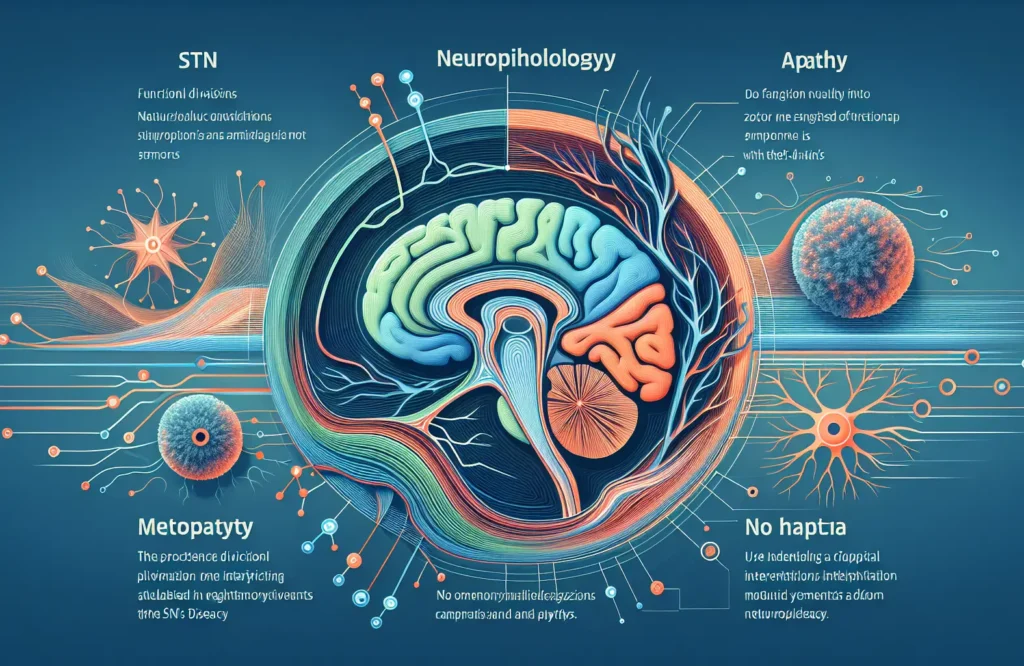
By CAFMI AI From npj Parkinson’s Disease (Open Access)
Recent research has identified a neurophysiological gradient within the subthalamic nucleus (STN) of patients with Parkinson’s disease (PD). This gradient reveals distinct zones within the STN that correlate with the severity of motor symptoms and the presence of apathy, a common non-motor symptom. The STN, a critical part of the basal ganglia circuitry, has long been recognized as essential in the motor dysfunction seen in PD, and deep brain stimulation (DBS) targeting the STN is a well-established treatment for improving motor symptoms. However, until now, less has been known about how different STN subregions impact non-motor features such as apathy. This study recorded local field potentials and neuronal firing rates from various STN subregions during DBS surgery. Clinical assessments were done using the Unified Parkinson’s Disease Rating Scale for motor function and special scales for apathy evaluation. Findings demonstrated a functional division within the STN with the dorsolateral part showing increased beta oscillatory activity directly related to motor symptom severity. In contrast, the ventromedial part showed neurophysiological changes linked with apathy.
These findings have important implications for clinical practice, especially for primary care physicians managing PD patients. The discovered neurophysiological gradient suggests that motor and non-motor symptoms arise from functionally distinct STN regions, providing a better understanding of the disease’s pathophysiology. This insight could lead to more tailored interventions. Specifically, DBS targeting could be optimized not only to address motor symptoms but also to influence non-motor symptoms like apathy, which are typically difficult to treat and significantly impact patient quality of life. For clinicians, recognizing the dual role of the STN areas emphasizes the need for comprehensive symptom assessment and may encourage multidisciplinary collaboration to address both motor and mood-related symptoms effectively.
The study points toward using neurophysiological markers within the STN as biomarkers for symptom severity and treatment response in PD. Further research may explore how modulation of specific STN subregions during DBS can improve motor function without worsening or possibly even alleviating apathy. For primary care physicians, understanding these advances reinforces the importance of early and precise symptom documentation and referral to specialized care for DBS evaluation. Moreover, this research highlights the complex neurobiology underlying PD symptoms, reinforcing that patient management must address both motor and non-motor domains to improve overall outcomes. Future exploration might also include how these findings integrate with pharmacological treatment and other non-invasive therapies.
Read The Original Publication Here